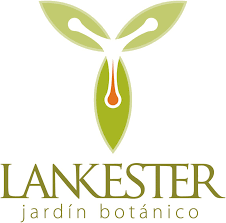Noctuid moths as potential hybridization agents for <i>Platanthera</i> orchids
DOI:
https://doi.org/10.15517/lank.v17i3.31576Resumen
Zoophilous flowering plants communicate with pollinators to ensure pollen transfer. Pin-pointing which species are effective pollinators is not only essential to better understand plant-pollinator networks, but equally so to better understand the potential of hybridization in plant systems, such as in orchids. As a case study, we studied two sympatric populations of the congeneric orchids Platanthera bifolia and P. chlorantha in order to assess their nocturnal pollinators by checking which moth species carried pollinaria, and of which orchid species. Moths carrying Platanthera pollinaria were photographed and identified. The carried pollinaria were identified and counted, and their attachment position on the moth’s head was scored. Based on these observations we show that three species of noctuid moths visited the Platanthera inflorescences. Although Noctua pronuba visited P. chlorantha, only Cucullia umbratica and Autographa gamma turned out to be potential pollinators for both orchid species. As such, we here demonstrate that the latter two noctuids have high potential to facilitate hybridization among these two orchid species, especially so in sympatric populations.
Descargas

Descargas
Publicado
Cómo citar
Número
Sección
Licencia
Conforme con las Políticas de Acceso Abierto promovidas por la Universidad de Costa Rica, los derechos de autor de todos los artículos publicados en Lankesteriana se encuentran bajo una licencia Creative Commons y pueden ser descargados gratuitamente. Los derechos de autor y de publicación pertenecen a la revista bajo la licencia CC BY-NC-ND 3.0 CR.
Before the publication of the materials submitted by the author(s) in LANKESTERIANA, the author(s) hereby assign all rights in the article to the Lankester Botanical Garden.




